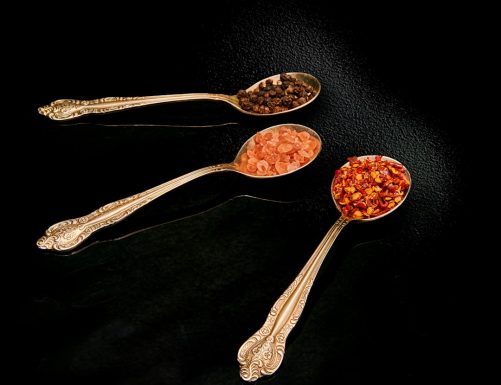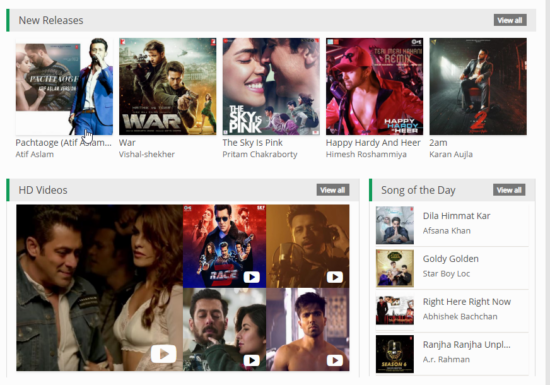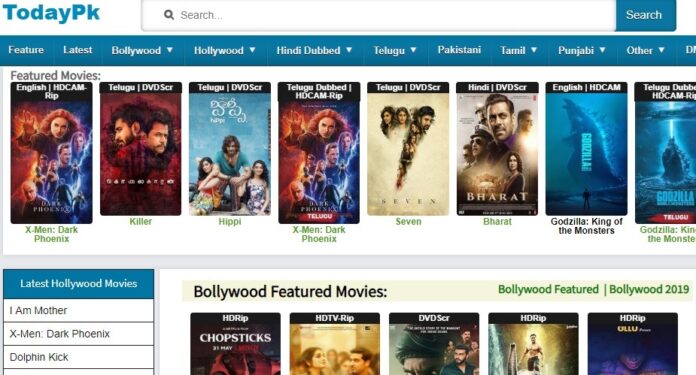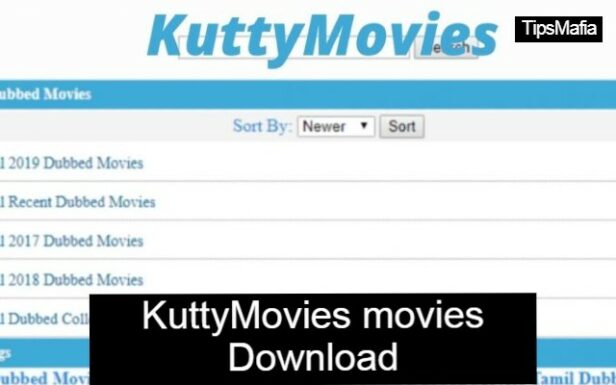Starting a food blog is an exciting journey for passionate food lovers, home cooks, and culinary explorers. However, beyond the joy of sharing recipes and food adventures, many bloggers eventually ask: How can I make money from my food blog? Fortunately, monetizing a food blog is not only possible, but it can also become a sustainable source of income with the right strategies.
Below are ten proven methods to monetize a food blog effectively, with actionable tips and insights into how each strategy works.
1. Display Advertising
All Heading
One of the most common ways to start monetizing a food blog is through display ads using platforms such as Google AdSense, Mediavine, or AdThrive. These services place advertisements on your blog and pay you a small fee per impression or click.
- Ensure you have a consistent flow of traffic, ideally at least 10,000 monthly views for premium ad networks.
- Use high-quality visuals to increase reader engagement and time on page.
2. Affiliate Marketing
Affiliate marketing involves promoting products and earning a commission when someone makes a purchase through your link. This strategy works well for food bloggers who mention kitchen tools, ingredients, or subscription boxes.
- Join platforms like Amazon Associates, ShareASale, or Impact Radius.
- Integrate affiliate links naturally into your recipe posts and product reviews.
3. Sponsored Content
Brands will often pay bloggers to create content featuring their products. This could be in the form of a blog post, social media shout-out, or recipe development.
- Build a media kit showcasing your audience size and engagement rates.
- Reach out to food-related brands or respond to sponsored campaign platforms such as TapInfluence or IZEA.
4. Sell Digital Products
As a food blogger, you can create and sell your own digital products such as eBooks, cooking guides, or downloadable recipe collections. These products offer high margins and don’t require physical inventory.
- Use tools like Gumroad, Teachable, or Podia to sell and distribute your digital content.
- Make sure your products solve a specific problem—such as “30 Fast Weeknight Dinners” or “The Beginner’s Guide to Vegan Baking.”

5. Offer Online Cooking Classes
Use your expertise to teach others how to cook by offering virtual cooking classes. Platforms like Zoom, Skillshare, or Udemy can help you reach a broader audience.
- Promote your classes via email and social media to build anticipation.
- Record your sessions to create an on-demand library of content.
6. Develop a Membership Site
Membership sites allow your most devoted fans to access exclusive content like premium recipes, videos, or meal plans for a monthly fee. It’s a great way to earn recurring income while fostering a strong community.
- Use platforms like Patreon or MemberPress to manage subscriptions and content access.
- Offer value-packed tiers to accommodate different budgets.
7. Sell Physical Products or Merchandise
If your food blog has a loyal following, consider selling physical products like branded aprons, spice blends, or custom utensils. Print-on-demand services reduce the need for managing inventory.
- Choose products that align with your brand voice and audience preferences.
- Set up an online shop using Shopify or WooCommerce.

8. License Your Recipes and Photography
Food blogs are rich sources of original recipes and photography. Many companies and publications are willing to pay to license this content for use in their own marketing or materials.
- Pitch your content to food magazines, publishers, or commercial brands.
- Ensure you retain copyright and offer clear licensing terms.
9. Freelance as a Food Writer or Photographer
Your blog can be a portfolio to attract freelance gigs in writing, food styling, or photography. Food publications and brands are always on the lookout for skilled creatives.
- Create a dedicated portfolio page highlighting your best work.
- Network through LinkedIn or food-centric job platforms like StudioBinder or Contena.
10. Accept Donations
Sometimes, your audience will be happy to support your work just because they value it. Adding a donation button through Buy Me a Coffee or Ko-fi can help generate passive income while you pursue other monetization paths.
- Be transparent about how donations help your blog grow.
- Thank contributors through shout-outs or exclusive content.
Final Thoughts
Monetizing a food blog takes time, consistency, and creativity. Whether you’re offering premium content, promoting affiliate products, or hosting classes, the key is understanding your audience and providing value. With a strong content base and smart monetization strategies, a food blog can transform from a hobby into a thriving business.
FAQ
- How long does it take to start making money from a food blog?
- It varies, but most bloggers start seeing consistent income within 6–12 months of focused effort and audience building.
- Do I need a large audience to monetize my blog?
- No, even small blogs can earn money through affiliate sales, sponsorships, or selling niche digital products. However, larger audiences allow for more ad and sponsorship revenue.
- Which method is best for beginners?
- Display ads and affiliate marketing are generally easiest to start with. They require less upfront investment and can be set up quickly.
- Can I use multiple monetization strategies at once?
- Yes, in fact, combining multiple strategies often leads to a more stable and diverse income stream.
- Do I need special tools or software?
- While not absolutely necessary, tools like email marketing software, affiliate plugins, and photo editors can make monetization more effective and efficient.













Recent Comments